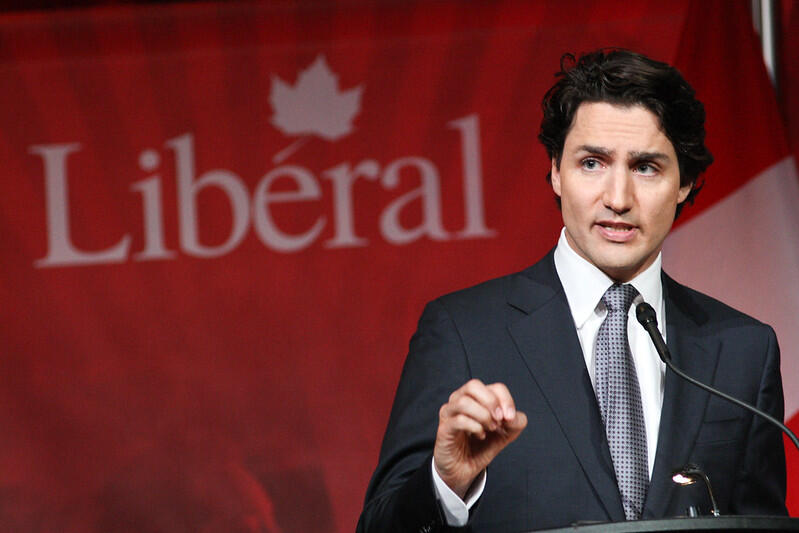Key Insights into Federal Elections in Canada
- Canada uses a parliamentary democracy based on the British system with elections to the House of Commons.
- The system is "first-past-the-post": the candidate with the most votes in each riding wins a seat for their party in the House of Commons.
- There are 343 ridings in Canada; to form a majority government, a political party must win at least 172 seats.
- Elections Canada administers all aspects of the vote, educating voters and ensuring fairness and accessibility.
Federal Elections in Canada are some of the most exciting events that happen in the country. Every few years, Canadians across 343 ridings head to the polls to cast a vote for the candidate and political party of their choice. The outcome of a general election decides who will sit in the House of Commons, which party will form government, and ultimately who will become Prime Minister.
Campaign periods are competitive, with leaders of each party mounting aggressive, multi-modal campaigns that involve everything from social media posts to town hall meetings to door-to-door canvassing.
What's the big deal? Federal elections in Canada are central to shaping the nation’s governance over years and possibly multiple terms. They determine which political party or coalition sets policy direction on key issues such as health care, the economy, foreign relations, and climate change. The stakes are high because federal policies impact hot button topics like immigration, taxation and Indigenous reconciliation.
This article is all about the federal election process in Canada. We will build your understanding of how federal governments are elected so you know exactly what is happening when you cast your ballot in the next election!
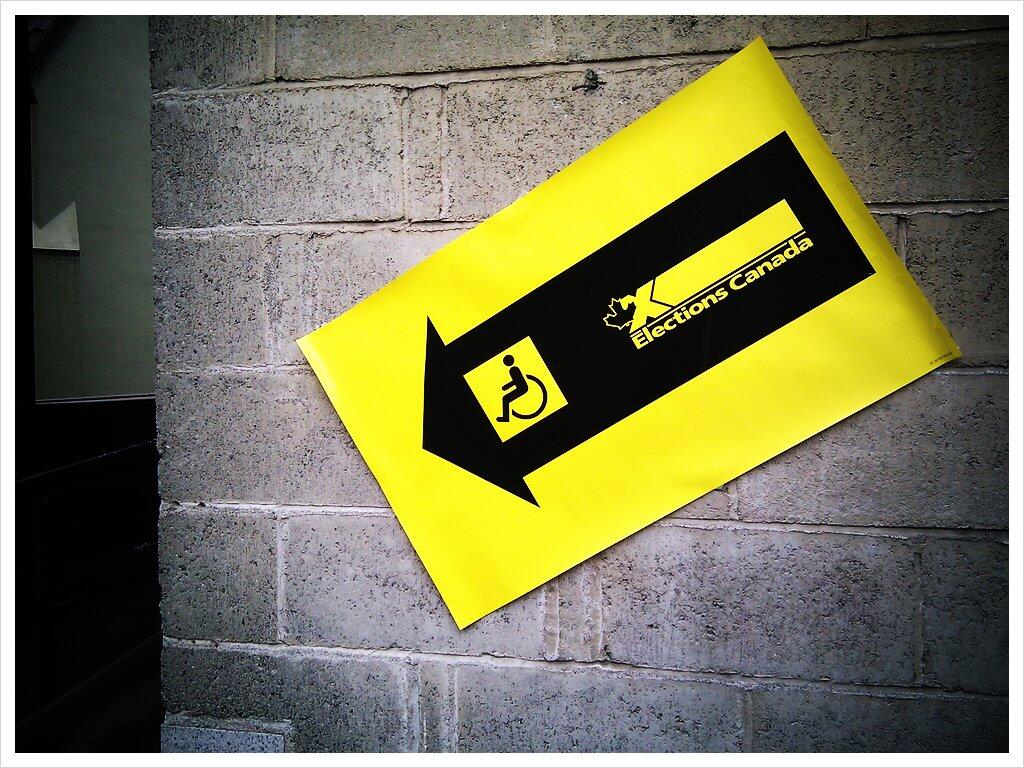
Key issues expected to shape the 2025 Québec municipal election include housing, infrastructure, and local economic development.

The Structure of Canada's Federal Government
Understanding how the Canadian electoral system works is essential for voters and citizens of all ages. Canada’s democracy is built on a Westminster parliamentary model, a system inherited from Britain and adapted for a federal structure.
Canada’s federal government is divided into three branches:
- The executive includes the Governor General, the prime minister, and the Cabinet, who run government and implement laws.
- The legislative branch is Parliament, made up of the House of Commons, where elected MPs pass laws, and the Senate, whose appointed members review them.
- The judicial branch, led by the Supreme Court of Canada, is independent and ensures laws and government actions follow the Constitution and the Charter of Rights and Freedoms. Together, these branches balance power and ensure democratic governance.
Unlike municipal or provincial elections, which focus on local or regional issues, federal elections determine who will form the government of Canada and lead the country on the national and international stage. As such, they are often the most contested and publicized political events in the country.
The Newfoundland and Labrador general election will take place on October 14, 2025, with all 40 seats in the House of Assembly up for election.
| Executive Branch | Legislative Branch | Judicial Branch |
|---|---|---|
| Headed by the Crown, represented in Canada by the Governor General. | Made up of a bicameral Parliament consisting of the House of Commons and the Senate. | Independent from the executive and legislative branches. |
| The prime minister (head of government) and the Cabinet (ministers chosen from elected MPs or senators) exercise executive power. | The House of Commons is composed of elected Members of Parliament (MPs) from across Canada’s electoral districts. Laws are introduced, debated, and voted on here. | Includes the Supreme Court of Canada and other federal courts. |
| The executive is responsible for running government departments, proposing legislation, and implementing policies passed by Parliament. | The Senate is composed of appointed senators who review legislation, suggest amendments, and provide regional representation. | Interprets the Constitution and laws, ensuring they align with the Charter of Rights and Freedoms, and acts as a check on both the prime minister and Parliament. |
The Electoral System in Canada
n Canada, the electoral vote is all about choosing who represents your community in Ottawa, and it’s a pretty straightforward process. The country is divided into 343 areas called ridings, and on election day, everyone in each riding gets to vote for the candidate they think will do the best job. The political PArt that ends up with the most seats forms the government, with their leader becoming the prime minister.
While your single vote decides your local MP, together, millions of votes shape the whole direction of the country. It’s Canadian-style democracy in action: simple, direct, and a chance for every voter’s voice to matter.
First-Past-the-Post Voting Method
Canada uses the first-past-the-post voting system, meaning the candidate with the most votes in each riding wins, even if they do not capture an outright majority of the popular vote. Seats are awarded riding by riding, and the Governor General invites the leader of the party with the most seats to form government. If no single party achieves a majority, the result is a minority government, where cooperation among parties is required.
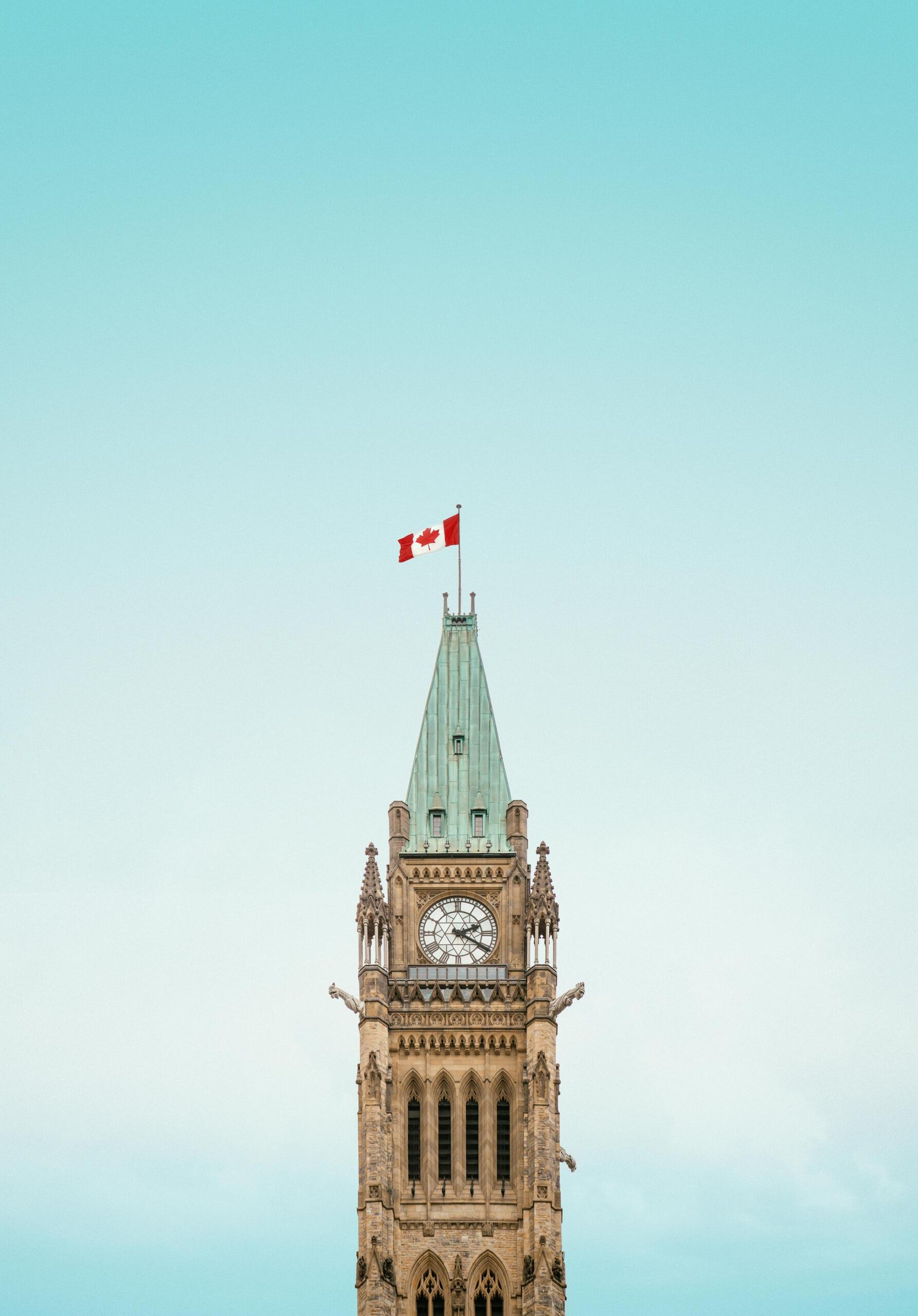
This sometimes leads to a mismatch where the party with fewer votes nationally can still win more seats and become the governing party. For instance, in past general elections, the popular vote winner did not always form a majority government, highlighting the difference between national vote share and seat distribution.
This system has been debated in Canadian politics for decades because it often results in a party forming government without a true majority of nationwide votes, though it still remains the foundation of how federal elections operate.
Electoral Districts (Ridings)
The country is divided into 343 electoral districts, each represented by one MP. The boundaries are reviewed regularly to ensure fair representation, and growth in provinces like Ontario, Alberta, and British Columbia often leads to new seats. This process ensures all voters are represented equitably in the House of Commons.
✅ During Federal Elections, voters decide on which party has the majority of power in the House of Commons and, by extension, who will be the Prime Minister.
✅ Voters cast their ballots to elect a local Minister of Parliament for their riding. The Prime Minister is the leader of the party with the most seats in the House of Commons.
The Federal Election Process
In Canada, the federal election process begins with the dissolution of Parliament, followed by candidate nominations and campaigning, after which registered voters cast ballots in their ridings, and the party winning the most seats in the House of Commons is invited by the Governor General to form government.
Let's take a closer look at each step of the process.
Dissolution of Parliament
The federal election process is triggered when the Governor General, acting on the advice of the prime minister, dissolves Parliament. To dissolve Parliament in Canada means to officially bring an end to the current sitting of the House of Commons and trigger a general election. Once dissolved:
Political parties and candidates begin campaigning to win seats in the next Parliament.
- All Members of Parliament (MPs) lose their seats, and their work as legislators stops.
- Any unfinished bills or debates in the House are dropped.
- The writs of election are issued, officially starting the election campaign period.
Once elections are called, Elections Canada takes control of administering the vote.
Nomination of Candidates
Political parties nominate candidates in each riding, though independents may also run (and may even create a stir in local politics). Candidates must be Canadian citizens, at least 18 years old, and file the appropriate nomination paperwork with signatures from local electors.
Election Campaigning
Campaigns typically last between 36 and 50 days. During this time, each political party presents its platform, candidates canvass neighbourhoods, and national debates are held. Elections Canada enforces spending rules and ensures transparency.
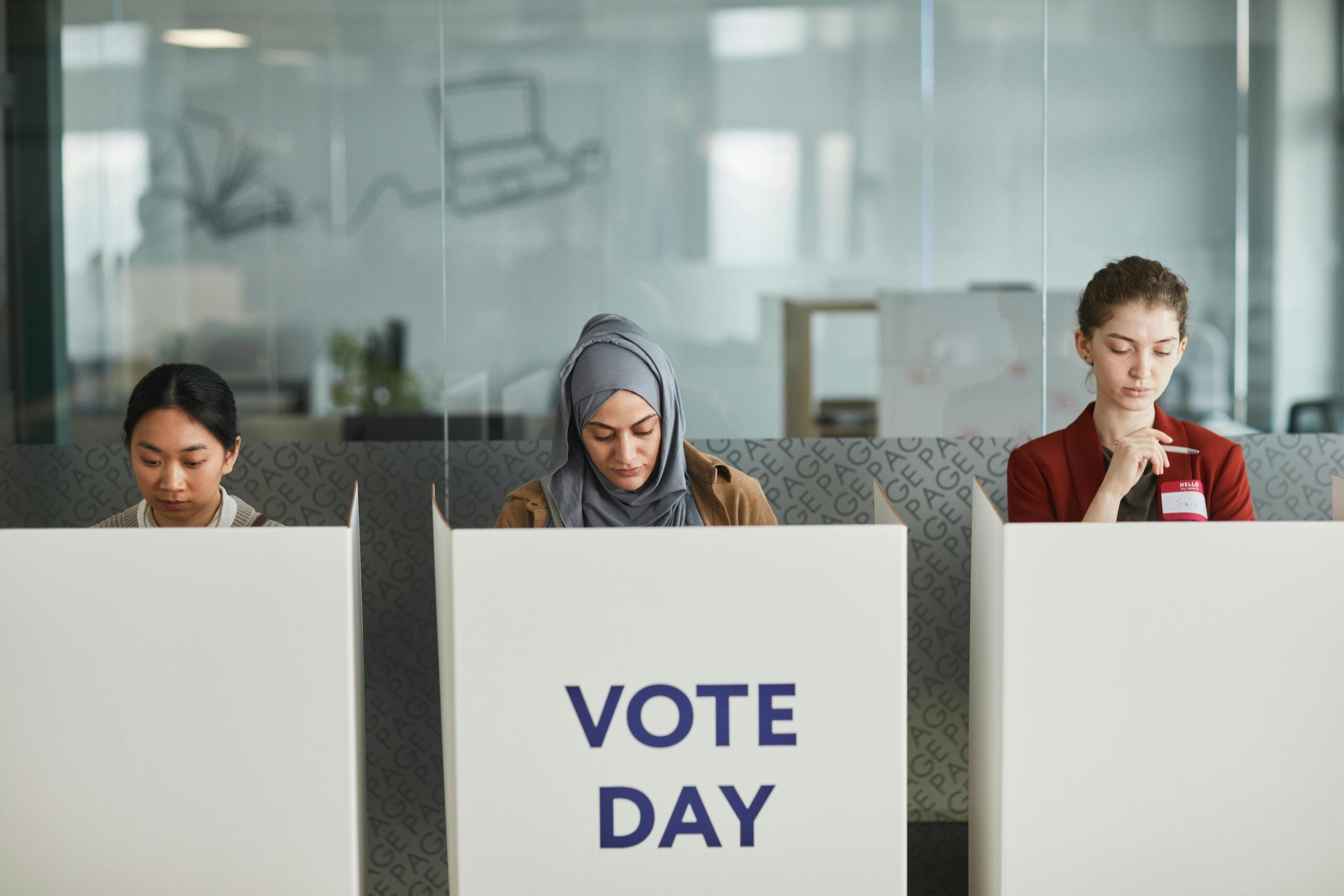
Voting Procedures
Before election day, every registered elector should receive a voter card by mail. This voter card provides information on where and when to vote. If a citizen does not receive one, they can check the voters list maintained in the national register or register at their polling station on election day.
When voting, voters must bring identification. Acceptable options include one piece of government-issued photo ID with address or two pieces of ID with name and address. On election day, a voter goes to the assigned polling station, shows ID, and receives a ballot. They then mark an “X” for their chosen candidate and place the ballot in the box.
Other options include advance voting or using a special ballot, which allows voting by mail or from outside the riding, ensuring all electors can participate in federal elections.
Counting Votes and Announcing Results
After polls close, ballots are counted manually. Results are released riding by riding and broadcast nationally. The political party with the most seats in the House of Commons usually forms government.

Formation of the Government Post-Election
Majority vs. Minority Governments
If one party wins 172 or more seats, it forms a majority government, meaning it can pass legislation without needing support from other parties. If no party reaches this number, a minority government is formed, requiring negotiation and cooperation to govern effectively.
In 2025, the Liberal Party led by Prime Minister Mark Carney holds the most seats, but does not have enough seats to hold a majority at 169.
| Feature | Majority Government | Minority Government |
|---|---|---|
| Seats in the House of Commons | The governing party wins more than half the seats (172+ out of 343). | The governing party wins the most seats but fewer than half (171 or fewer). |
| Stability | Stable – can usually pass laws without relying on other parties. | Less stable – must gain support from other parties to pass laws and budgets. |
| Confidence of the House | Confidence is almost guaranteed as the party controls the majority of MPs. | Constant need to maintain confidence; risk of losing a vote of confidence, which could trigger a new election. |
| Decision-Making | Faster and more predictable; fewer compromises needed. | Slower; requires negotiation and compromise with opposition parties. |
| Duration | Tends to last the full 4-year cycle of a general election. | Often shorter; can collapse early if defeated in the House of Commons. |
| Example | Justin Trudeau’s Liberal party in 2015 (184 seats). | Justin Trudeau’s Liberal party in 2019 (157 seats). |
Role of the Governor General
After the general election, the Governor General invites the leader of the political party that has won the most seats in the House of Commons or the leader who can demonstrate they hold the confidence of the elected members, to form government.
Once invited, the leader becomes the prime minister and begins the process of selecting a Cabinet, appointing ministers from among elected MPs (and occasionally senators) to oversee key portfolios such as finance, health, foreign affairs, and Indigenous services. These ministers work collectively with the prime minister to set the direction of government policy.
Following these appointments, the new session of Parliament is officially opened, usually with a Speech from the Throne, which outlines the government’s agenda and legislative priorities for the coming term.
✅ The Canadian general electoral process begins when the Governor General dissolves Parliament on the advice of the prime minister, triggering an election.
✅ During the campaign period, political parties nominate candidates in each electoral district, and voters cast their ballots at polling stations, in advance polls, or by special ballot.
✅ The party with the most seats in the House of Commons is typically invited by the Governor General to form government.
The Role of Elections Canada
Administration of Federal Elections
Elections Canada is the independent body that administers federal elections. Its duties include running polling stations, managing the national register of electors, preparing the voters list, and ensuring all Canadians can vote fairly and securely.
Voter Education and Outreach
Beyond administration, Elections Canada educates voters. It explains how to register electors, how to use the voter card, and how to access alternative voting methods such as the special ballot. Outreach focuses on youth, Indigenous peoples, and citizens with accessibility needs.
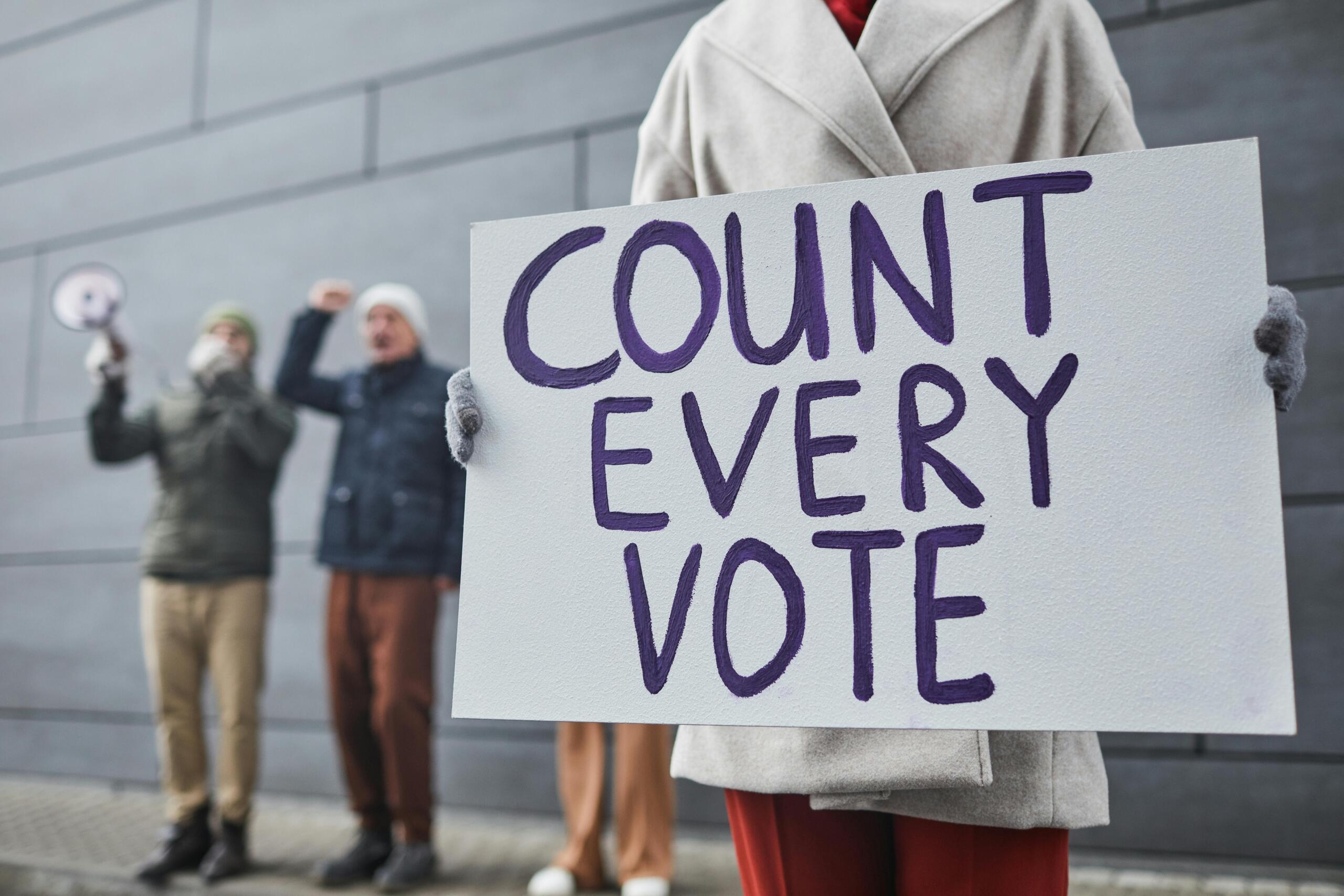
Recent Developments in Canada's Electoral System
Changes in Electoral Districts
In Canada, electoral districts, or ridings, are regularly adjusted to reflect population growth and demographic shifts, ensuring fair representation in the House of Commons. This process, called redistribution, happens every ten years after the national census and is overseen by independent electoral boundary commissions in each province.
Recent changes, confirmed through the 2022 redistribution, increased the total number of ridings from 338 to 343, with provinces like Ontario, Alberta, and British Columbia gaining new seats due to significant population growth, while slower-growing provinces maintained their existing numbers.
Redistribution can lead to the creation of entirely new ridings, the renaming of existing ones, or shifts in boundaries that may change which community a voter belongs to. These adjustments are crucial to maintaining the principle of “representation by population”.
After former PM Justin Trudeau announced his resignation in early 2025, the Liberals held a party leadership contest won by candidate Mark Carney. Shortly after, Carney was sworn in as 24th Prime Minister of Canada. Because he was not already a Member of Parliament (MP), the next step was to call a snap federal election. On March 23, 2025, Carney requested that the Governor General dissolve Parliament and set the date for a general election on April 28, 2025. Carney's Liberals, won the most seats, though they fell short of a majority government.
Based in Yukon? Inform yourself here!
Voter Turnout Trends
Voter participation has shifted in recent years. In 2015 turnout reached 68.3 percent, in 2019 it was 67 percent, and in 2021 it dropped to 62.3 percent. Turnout depends on how competitive the general election is, the accessibility of voting, and the level of trust Canadians have in government and the electoral system.
Canadians cast their vote in advance, setting a new record.
Why Cast Your Vote in the Next Canadian General Election?
Are you turning the age to vote in the next election, or have been missing out on your opportunity to cast your ballot? Here’s a clear list of reasons why voting matters in the next federal election in Canada:
🗳️ Your voice shapes government: Every ballot helps decide which political party gains seats in the House of Commons and who becomes the prime minister.
📍 Local impact: Voting chooses the MP who will represent your electoral district, bringing your community’s priorities to Ottawa.
⚖️ Representation by population: Each vote helps ensure fair representation in Canada’s diverse regions and supports the principle that all Canadians’ voices matter equally.
💡 Policy direction: The outcome of a federal election determines Canada’s path on issues like health care, climate change, taxation, and Indigenous reconciliation.
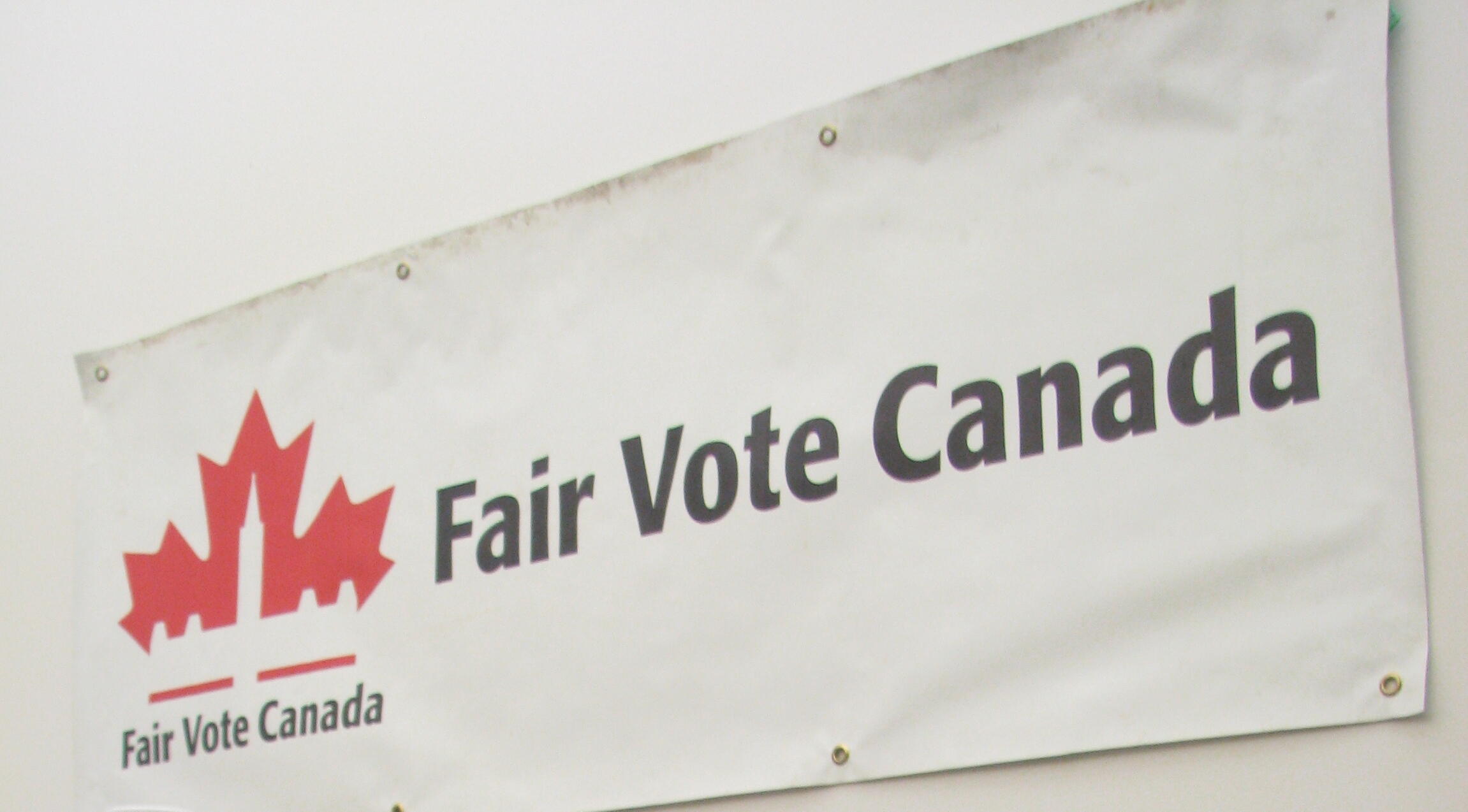
🌍 Global role: Federal elections influence Canada’s foreign policy, trade relationships, and climate commitments, shaping how the world sees the country.
📈 Turnout matters: High voter participation strengthens democracy and ensures that results reflect the will of as many Canadians as possible.
🧑🤝🧑 Protecting rights: Federal governments oversee rights-based legislation, and your vote supports parties and leaders whose values align with yours.
🕊️ Majority vs. minority government: Your vote can influence whether the next government has the stability of a majority government or must collaborate in a minority situation.
🔮 Future generations: Voting is a way to shape long-term decisions that will affect young people and future Canadians, from education to the environment.

Looking Forward to the Next Federal Election in Canada
A federal election in Canada involves much more than casting a ballot. It begins when Parliament is dissolved, candidates are nominated, and campaigns unfold. Voters then receive their voter card, check their names on the voters list, and go to their polling station on election day. Whether through a regular ballot, advance voting, or a special ballot, the act of voting connects each citizen to the heart of Canadian democracy.
The outcome shapes the direction of the country and determines which political party holds power. With Elections Canada safeguarding fairness and access, every Canadian has the chance to make their voice heard in shaping the government of tomorrow.
















